Rush, the legendary Canadian rock band, has captivated generations with their complex musicianship, thought-provoking lyrics, and dynamic stage presence. For over four decades, Geddy Lee, Alex Lifeson, and the late Neil Peart crafted a unique sound that blends progressive rock, hard rock, and heavy metal, resulting in a vast catalog of incredible songs. With their 40th anniversary tour marking a significant milestone, and potentially a farewell to large-scale touring, now is the perfect time to explore some of the best Rush Band Songs that have resonated with fans worldwide. From radio hits to deep-cut masterpieces, let’s delve into the essential tracks that define Rush’s enduring legacy.
Subdivisions
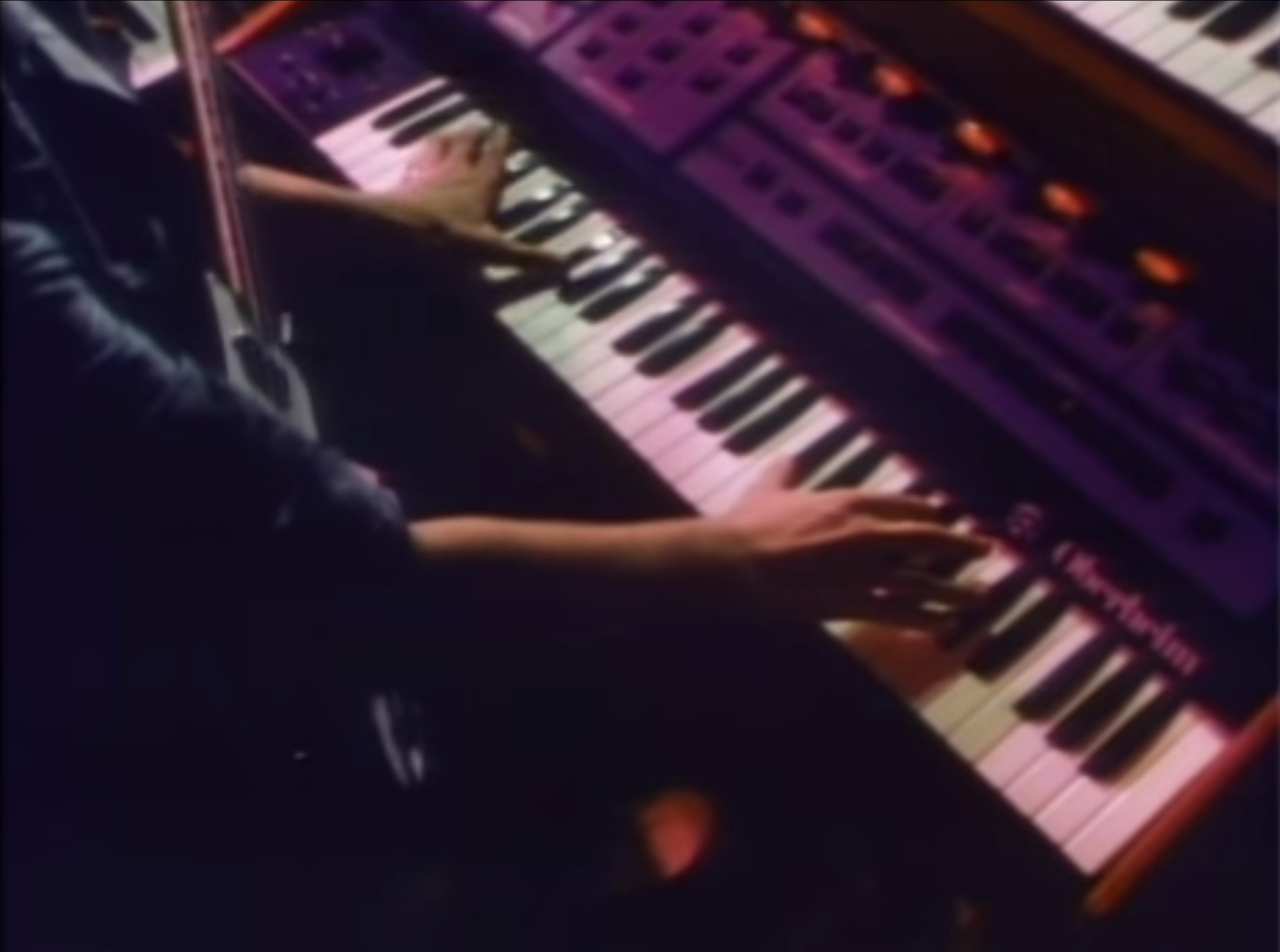 Rush
Rush
“Subdivisions,” the opening track from Rush’s 1982 album Signals, marked a significant shift in the band’s sound, embracing synthesizers and a more new-wave influenced direction. This song became a surprise radio hit, reaching Number Eight on the Mainstream Rock chart, proving Rush’s ability to evolve while maintaining their core identity. Lyrically, “Subdivisions” explores themes of social alienation and the pressures of conformity, particularly within suburban high school environments. The music video vividly portrays this, depicting a solitary student navigating the social hierarchies of Toronto, contrasting with the carefree attitudes of the “cool” crowd. “Subdivisions” has remained a staple in Rush’s live performances for over three decades, a testament to its enduring appeal and relevance. The song’s exploration of societal divisions and the struggle for individuality continues to resonate with listeners.
La Villa Strangiato
 Rush
Rush
“La Villa Strangiato (An Exercise in Self-Indulgence),” from the 1978 album Hemispheres, stands as a monumental instrumental piece in Rush’s discography. Divided into twelve distinct sections, this complex and dynamic track is a showcase of the band’s virtuosity and progressive rock sensibilities. “La Villa Strangiato” effectively concludes Rush’s progressive era, demonstrating their mastery of intricate arrangements and instrumental storytelling. Despite its complexity, initially joked about by the band as difficult to play live, “La Villa Strangiato” has become a live favorite, performed over 950 times, showcasing Rush’s dedication to perfecting even their most challenging material. It represents the pinnacle of their progressive explorations before they moved into a more streamlined, yet still intricate, sound in the 1980s. It served as a powerful precursor to their next hit, the stylistically contrasting “The Spirit of Radio.”
The Trees
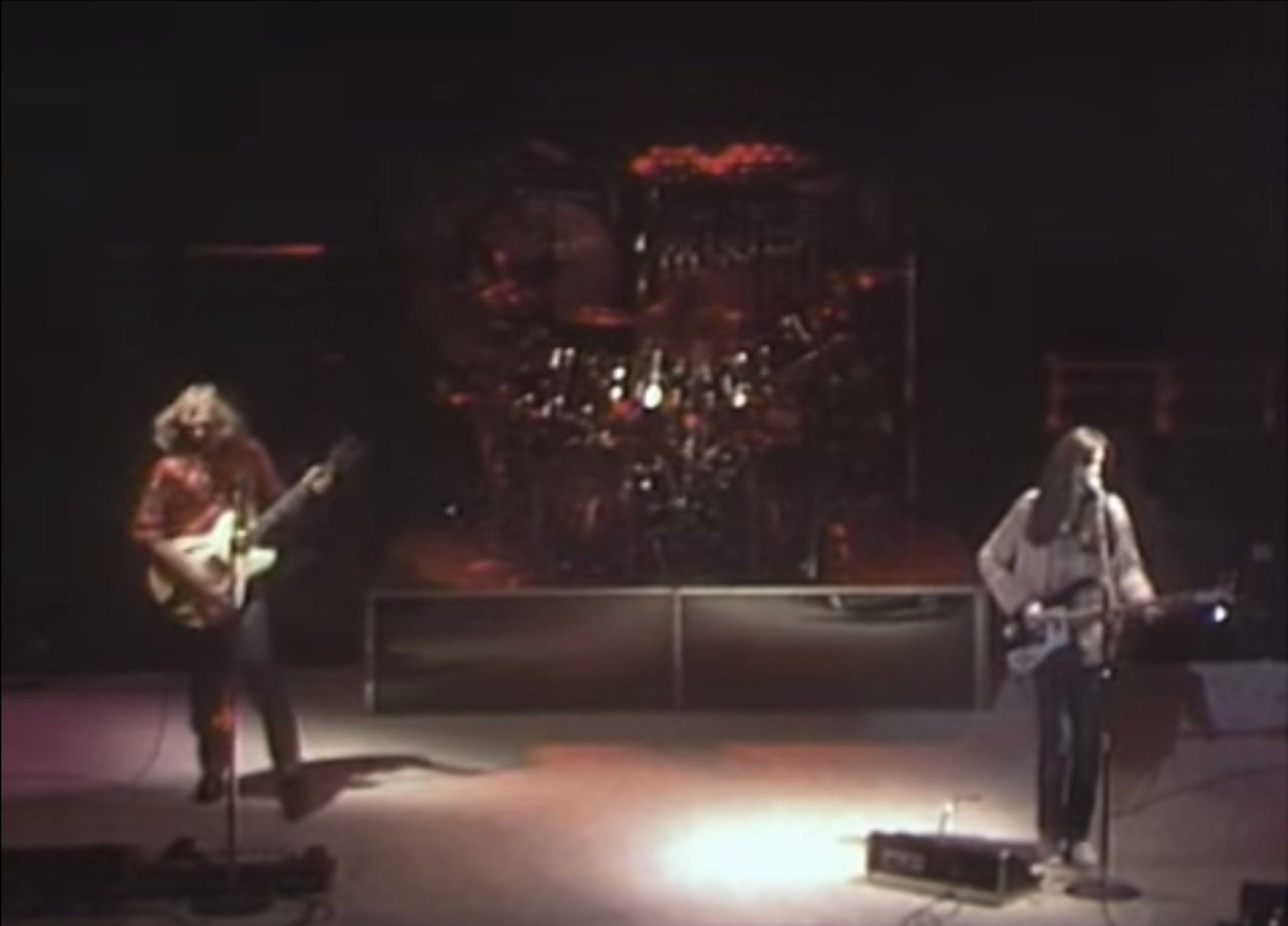 Rush
Rush
“The Trees,” featured on the Hemispheres album, is a song often associated with the influence of Ayn Rand’s philosophy on Neil Peart’s early lyrics. This allegorical track uses the metaphor of oaks and maples demanding equality to explore themes of social dynamics and the pitfalls of enforced egalitarianism. While seemingly simplistic on the surface, “The Trees” sparked debate and interpretations regarding its political undertones. In a 2012 interview with Rolling Stone, Neil Peart himself reflected on his younger fascination with Rand’s libertarianism and how his views evolved over time, acknowledging the complexities and flaws in applying such philosophies to real-world human behavior. Despite any specific philosophical interpretation, “The Trees” remains a compelling song, showcasing Rush’s ability to weave complex ideas into engaging and musically dynamic pieces.
The Spirit of Radio
 Rush
Rush
“The Spirit of Radio,” from the 1980 album Permanent Waves, is a sharp commentary on the commercialization of radio and the music industry. In an era where many artists were criticizing the changing landscape of music, Rush’s “The Spirit of Radio” directly addressed the “glittering prizes and endless compromises” that threatened the integrity of artistic expression on the airwaves. Ironically, this critique became a massive radio hit itself, showcasing the song’s undeniable energy and appeal. The title itself is a nod to CFNY-FM in Toronto, a station known for its eclectic and adventurous programming, contrasting with the increasingly formulaic nature of commercial radio. “The Spirit of Radio” stands as one of Rush’s most recognizable songs, blending their signature musicianship with a socially conscious message that still resonates within the context of modern media.
Xanadu
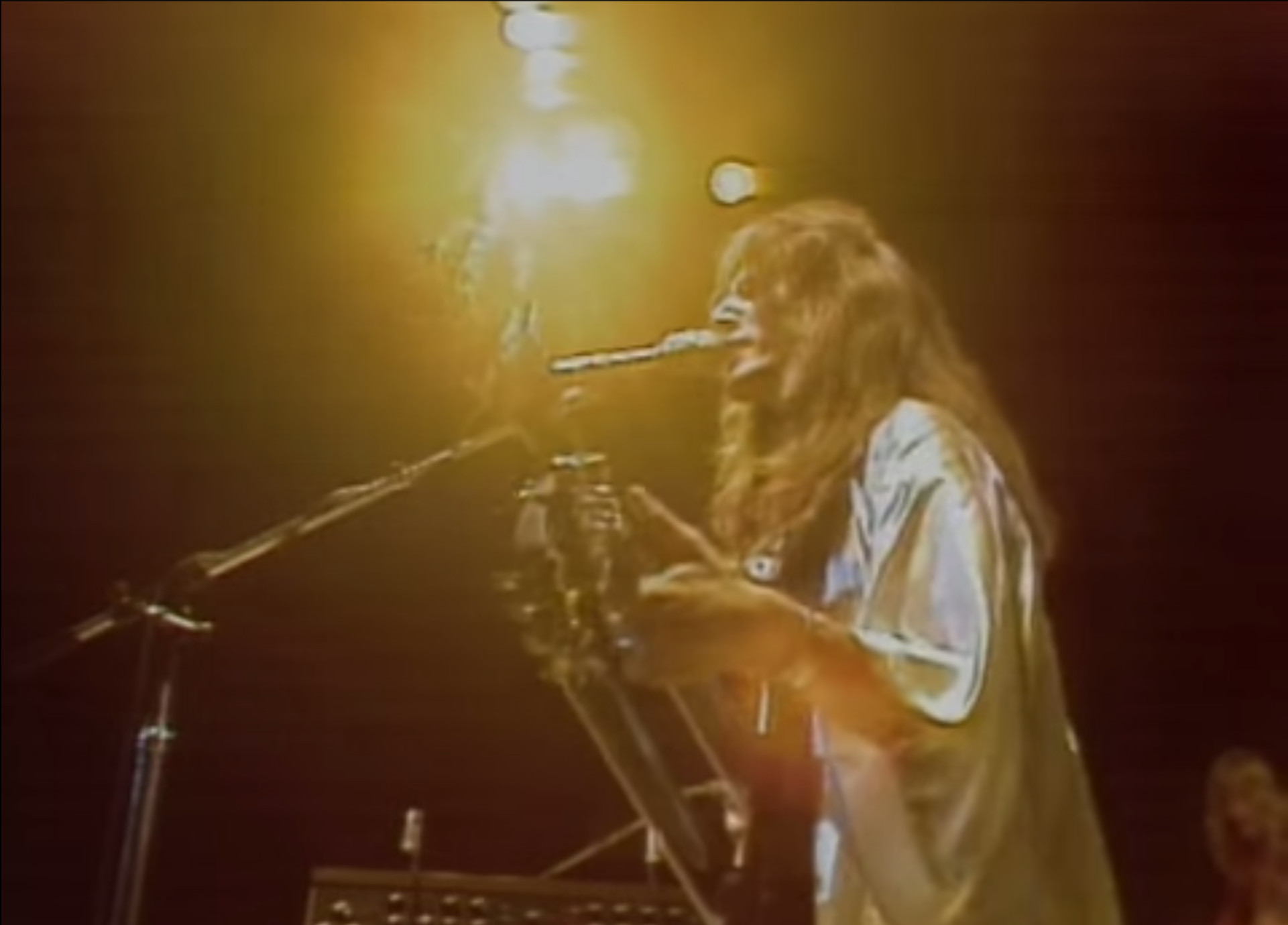 Rush
Rush
“Xanadu,” another track from Permanent Waves, draws inspiration from Samuel Taylor Coleridge’s poem “Kubla Khan” and the Orson Welles film Citizen Kane. This song delves into the myth of Xanadu and the pursuit of immortality, telling the story of an explorer who achieves eternal life only to find it a hollow and miserable existence. “Xanadu” is musically ambitious, featuring extended instrumental passages and evocative soundscapes that mirror the epic and mythical themes of the lyrics. Neil Peart’s lyrics explore the paradoxical nature of human desire, questioning whether the attainment of ultimate goals truly brings fulfillment. The song’s dramatic arc and imaginative storytelling make it a standout example of Rush’s ability to combine literary inspiration with their progressive rock sound.
Red Barchetta
“Red Barchetta,” from the iconic Moving Pictures album (1981), presents a dystopian future where personal automobiles are largely banned under “motor law.” This song tells the thrilling tale of a rebel who secretly maintains a classic sports car, a “Red Barchetta,” and takes it out for clandestine drives. The narrative unfolds into a high-speed chase, capturing a sense of rebellion and freedom against oppressive regulations. While not released as a single, “Red Barchetta” quickly became a fan favorite, showcasing Rush’s ability to craft vivid narratives within their music. Its energetic pace and exciting storyline, coupled with the band’s tight instrumental performance, contribute to its enduring popularity as a deep cut within their catalog.
Working Man
“Working Man,” from Rush’s self-titled debut album in 1974, marked the band’s initial breakthrough. Cleveland rock station WMMS unexpectedly began playing this track by the then-unknown Canadian band, generating significant listener response. Its raw energy and Led Zeppelin-esque hard rock sound resonated strongly with blue-collar workers in the city, providing Rush with crucial early exposure in the United States. “Working Man” is a straightforward, powerful rock anthem that captures the struggles and spirit of the working class. It’s also notable as the last recorded track featuring original Rush drummer John Rutsey before Neil Peart joined the band, solidifying the classic Rush lineup just months later. This song remains a foundational piece in Rush’s history, representing their hard rock roots.
Limelight
“Limelight,” another gem from Moving Pictures, delves into the personal experiences of Neil Peart with newfound fame and the discomfort of being in the public eye. An avowed introvert, Peart channeled his feelings of unease and exposure into the lyrics of “Limelight.” Lines like “Living in a fish eye lens, caught in the camera eye” poignantly express the feeling of constant scrutiny and the loss of privacy that comes with celebrity. Ironically, “Limelight,” a song about the burdens of fame, became one of Rush’s biggest hits, further amplifying the very situation Peart described. The song’s introspective lyrics and driving rock rhythm combine to create a powerful statement about the complexities of fame and personal identity.
2112
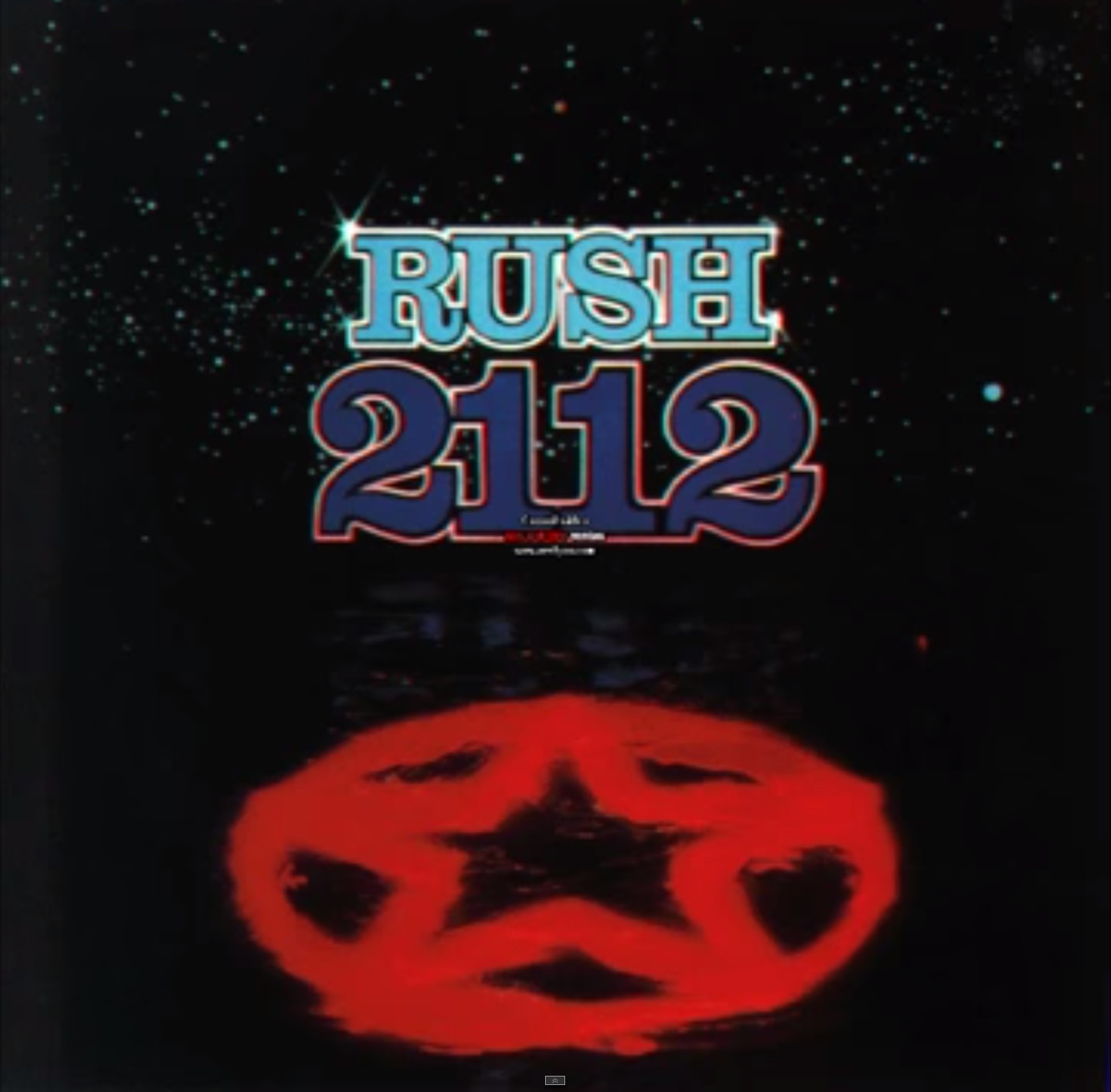 Rush
Rush
“2112,” the title track and side-long suite from the 1976 album 2112, is a cornerstone of progressive rock and a defining achievement for Rush. Facing pressure from their label to create more commercial music after their previous albums didn’t achieve mainstream success, Rush doubled down on their progressive sound with this ambitious concept piece. The 20-minute epic tells a dystopian story set in the year 2112, where music is banned by a totalitarian regime following an interplanetary war. “2112” is not just a song; it’s a musical journey, divided into movements that explore themes of freedom, individuality, and rebellion against oppression. It remains a cherished composition among prog rock enthusiasts and a must-play at Rush concerts, often performed in part to satisfy devoted fans. When Rush was inducted into the Rock and Roll Hall of Fame, they fittingly performed the opening section of “2112” with members of Foo Fighters, celebrating its iconic status.
Tom Sawyer
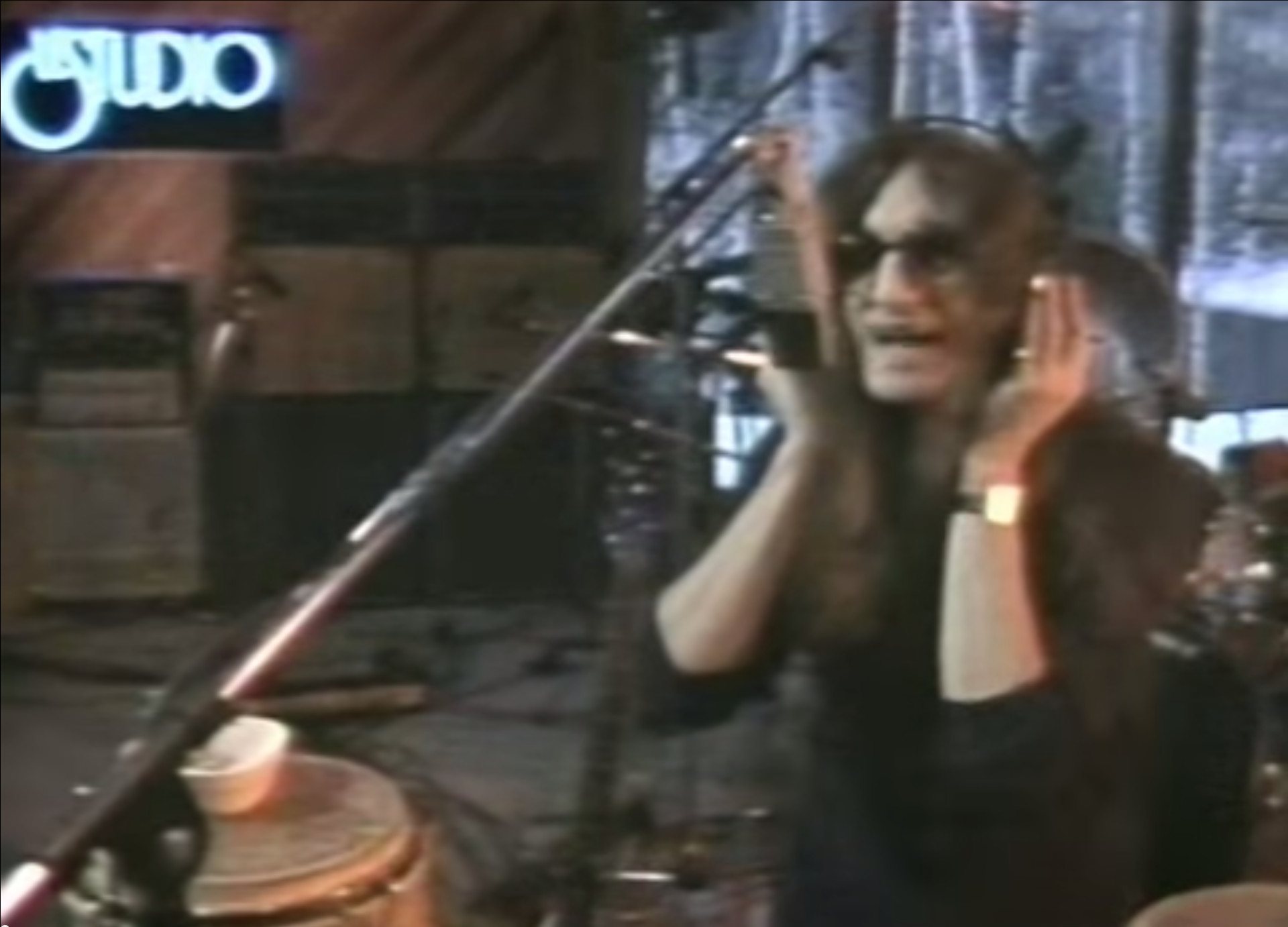 Rush
Rush
“Tom Sawyer,” perhaps Rush’s most universally recognized song, hails from Moving Pictures and is a collaborative lyrical effort between Neil Peart and Canadian poet Pye Dubois. Dubois provided a poem about a modern-day rebellious spirit reminiscent of Mark Twain’s iconic character, which Peart then adapted and expanded into the song’s lyrics. “Tom Sawyer” became Rush’s signature tune, instantly recognizable for its opening synthesizer riff and powerful rhythmic drive. Despite only reaching Number 44 on the Hot 100 chart, “Tom Sawyer” achieved massive airplay on classic rock radio and continues to be a staple, introducing new generations to Rush’s music. Its blend of progressive elements with a more accessible rock format solidified its place as one of the best Rush band songs and a timeless classic.

